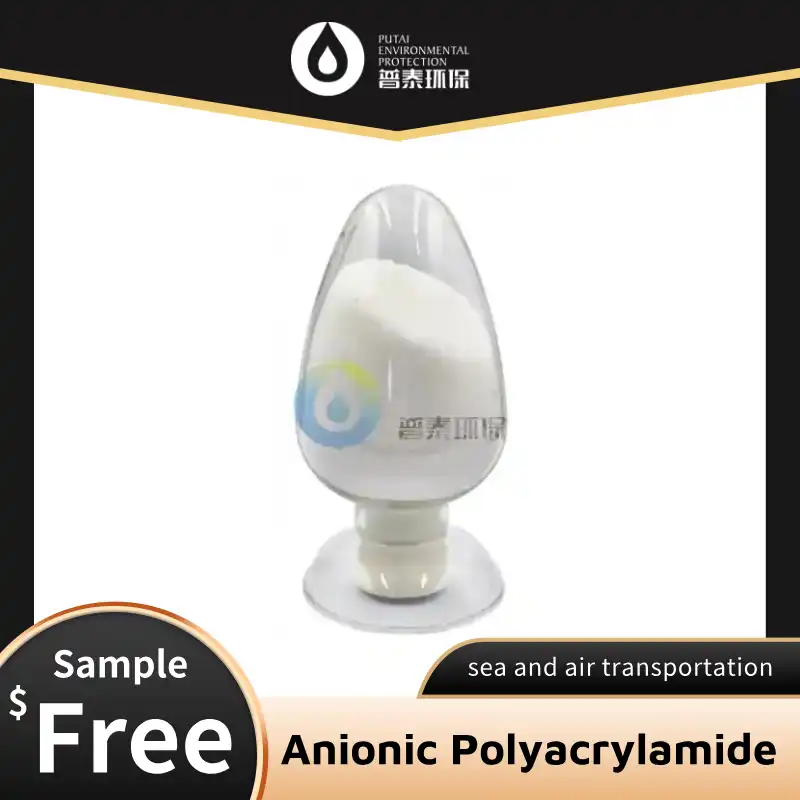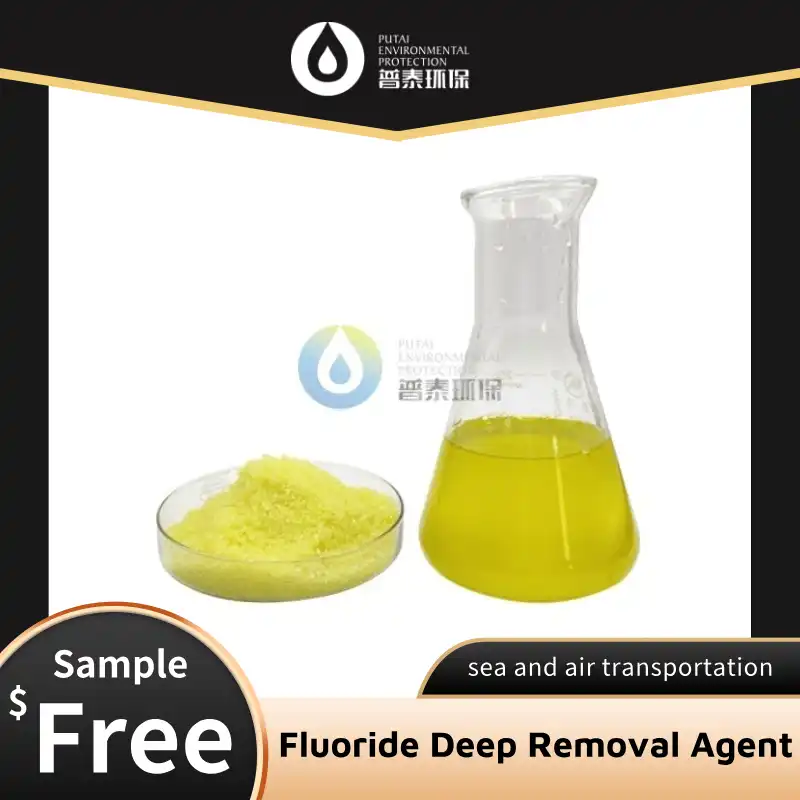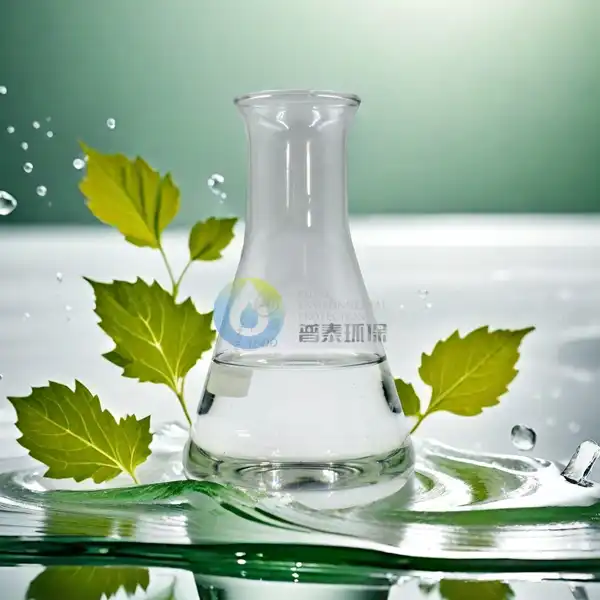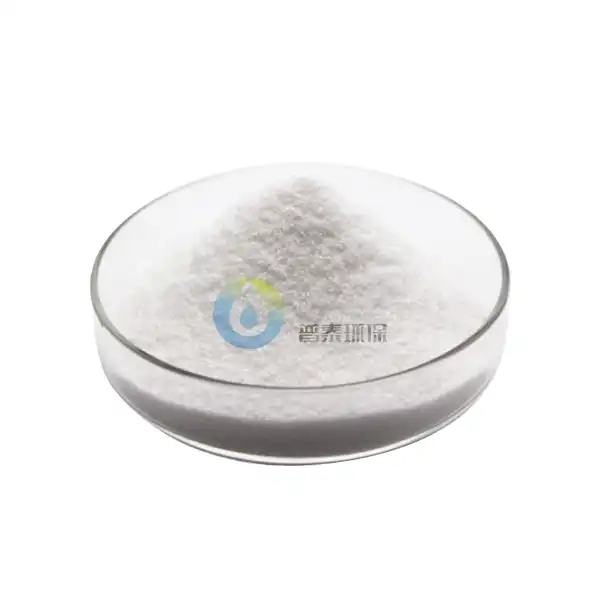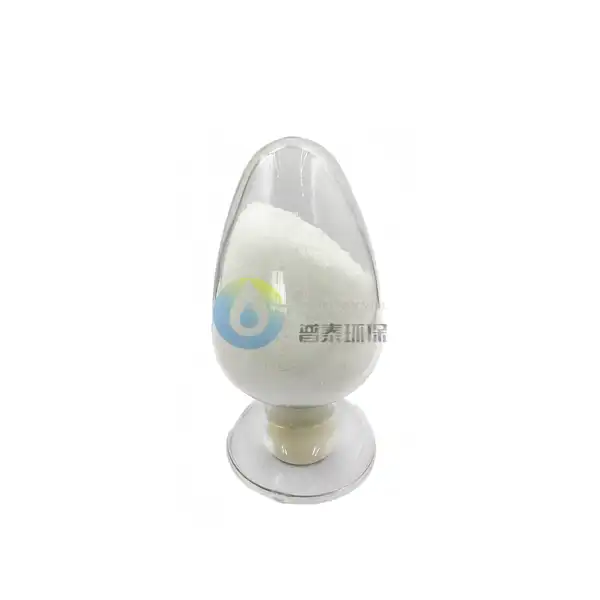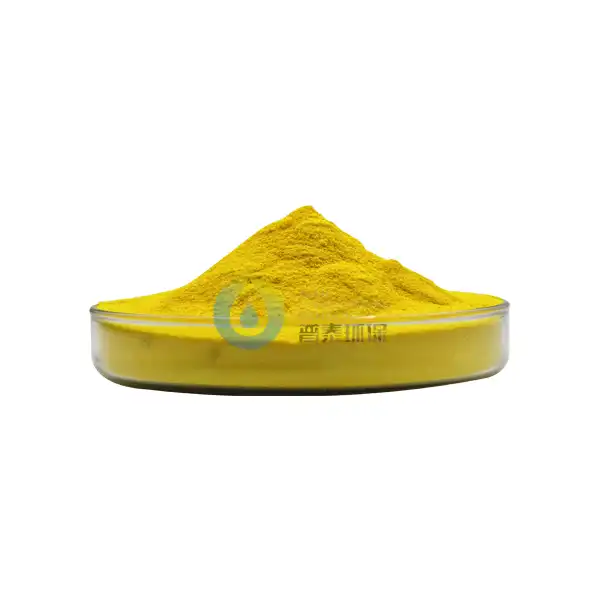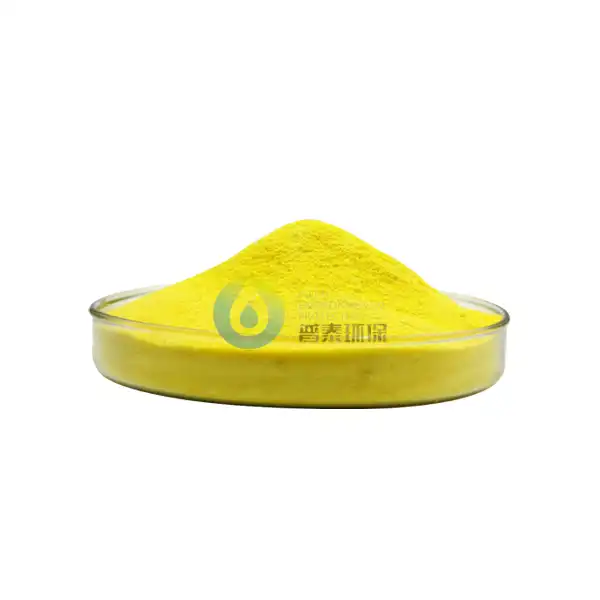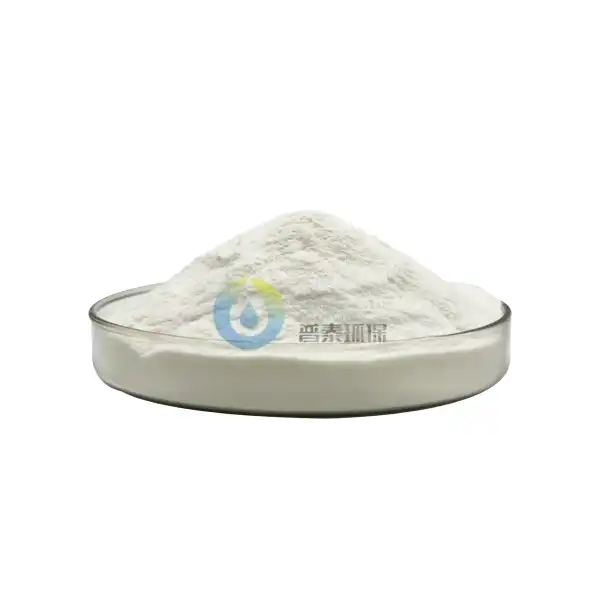Can Fluorine Remover Agent be used for air purification purposes?
In recent years, air quality has become a growing concern for many individuals and communities worldwide. As we seek innovative solutions to improve the air we breathe, questions arise about the potential applications of various chemical agents. One such query that has gained attention is whether Fluorine Remover Agent can be used for air purification purposes. This blog post aims to explore this topic in depth, examining the properties of Fluorine Remover Agent, its current applications, and its potential role in air purification.
What is Fluorine Remover Agent and how does it work?
Chemical composition and properties
Fluorine Remover Agent is a specialized chemical compound designed primarily for removing fluorine and its compounds from various substances. Its composition typically includes a combination of reactive elements or compounds that have a high affinity for fluorine. These agents work by forming stable bonds with fluorine atoms, effectively neutralizing them and preventing their harmful effects. The exact chemical makeup can vary depending on the specific application and manufacturer, but common ingredients may include activated alumina, calcium compounds, or specially engineered resins. Understanding the chemical properties of Fluorine Remover Agent is crucial when considering its potential use in air purification, as these properties determine its effectiveness and safety in different environments.
Mechanism of fluorine removal
The mechanism by which Fluorine Remover Agent works is based on chemical reactions and adsorption processes. When the agent comes into contact with fluorine-containing compounds, it initiates a series of reactions that result in the formation of stable, non-toxic fluoride salts. This process effectively "captures" the fluorine, preventing it from interacting with other substances or entering the environment. In some cases, the Fluorine Remover Agent may also employ physical adsorption, where fluorine molecules adhere to the surface of the agent without undergoing a chemical reaction. This dual-action approach ensures a high efficiency in fluorine removal across various applications. The effectiveness of this mechanism in air purification would depend on factors such as the concentration of fluorine in the air, the surface area of the agent exposed to the air, and the rate of air flow through the purification system.
Current industrial applications
Fluorine Remover Agent has found widespread use in various industrial applications, particularly in sectors where fluorine contamination is a significant concern. In the semiconductor industry, for instance, it is used to remove fluorine-containing residues from manufacturing processes, ensuring the purity of electronic components. Water treatment facilities also employ Fluorine Remover Agent to reduce fluoride levels in drinking water, especially in regions where natural fluoride concentrations exceed recommended limits. Additionally, the chemical industry utilizes these agents in the production of certain fluorine-free compounds and in the treatment of industrial effluents containing fluorine. While these applications demonstrate the versatility and effectiveness of Fluorine Remover Agent in controlled environments, its potential use in air purification represents a new frontier that requires careful consideration of factors such as scalability, cost-effectiveness, and potential environmental impacts.
What are the potential benefits of using Fluorine Remover Agent for air purification?
Removal of fluorine-based air pollutants
One of the primary potential benefits of using Fluorine Remover Agent for air purification is its ability to target and remove fluorine-based air pollutants. Fluorine and its compounds, such as hydrogen fluoride and fluorocarbons, can be harmful to human health and the environment when present in the air at elevated levels. These pollutants can originate from various sources, including industrial processes, volcanic activity, and the breakdown of certain consumer products. By incorporating Fluorine Remover Agent into air purification systems, it may be possible to effectively capture and neutralize these fluorine-based contaminants, thereby improving overall air quality. The agent's specificity for fluorine compounds could make it a valuable component in multi-stage air purification systems, complementing other filtration methods that target different types of pollutants.
Improvement of indoor air quality
Another potential benefit of using Fluorine Remover Agent in air purification is the improvement of indoor air quality. Indoor environments can sometimes accumulate higher concentrations of certain pollutants compared to outdoor air, due to limited ventilation and the presence of various household and office products that may emit fluorine-containing compounds. By integrating Fluorine Remover Agent into indoor air purification systems, it may be possible to reduce the levels of these compounds, creating a healthier living and working environment. This could be particularly beneficial in settings where fluorine-based materials are commonly used, such as laboratories, certain manufacturing facilities, or buildings with a high concentration of electronic equipment. However, it's important to note that the effectiveness of Fluorine Remover Agent in improving indoor air quality would depend on factors such as the specific pollutants present, the size of the space, and the air circulation patterns within the building.
Potential synergies with existing air purification technologies
The integration of Fluorine Remover Agent into existing air purification technologies could potentially create synergistic effects, enhancing overall air purification efficiency. For example, when used in conjunction with activated carbon filters, which are effective at removing a wide range of organic compounds, Fluorine Remover Agent could provide targeted removal of fluorine-based pollutants that might not be effectively captured by carbon alone. Similarly, combining Fluorine Remover Agent with HEPA filters could result in a comprehensive air purification system capable of removing both particulate matter and specific chemical contaminants. These potential synergies could lead to more effective and efficient air purification solutions, particularly in environments where a diverse range of pollutants needs to be addressed. However, careful consideration would need to be given to the design of such integrated systems to ensure optimal performance and prevent any potential negative interactions between different purification components.
What are the challenges and limitations of using Fluorine Remover Agent for air purification?
Technical feasibility and efficiency
One of the primary challenges in using Fluorine Remover Agent for air purification is determining its technical feasibility and efficiency in this novel application. While the agent has proven effective in liquid-based and controlled industrial environments, its performance in air purification systems may differ significantly. Factors such as the lower concentration of fluorine compounds in air compared to industrial effluents, the need for rapid and continuous processing of large volumes of air, and the potential for other airborne substances to interfere with the removal process all pose technical challenges. Additionally, the efficiency of Fluorine Remover Agent in air purification would need to be carefully evaluated across a range of environmental conditions, including varying temperatures, humidity levels, and air flow rates. Extensive research and development would be necessary to optimize the agent's formulation and delivery method for air purification applications, ensuring that it can effectively capture fluorine compounds from the air without releasing harmful byproducts or becoming quickly saturated.
Cost considerations and economic viability
Another significant challenge in using Fluorine Remover Agent for air purification is the cost consideration and economic viability of such an application. The production and implementation of Fluorine Remover Agent on a scale necessary for effective air purification could be considerably expensive. This includes not only the cost of the agent itself but also the expenses associated with developing and manufacturing specialized air purification equipment capable of effectively utilizing the agent. Additionally, the ongoing operational costs, including regular replacement or regeneration of the Fluorine Remover Agent, would need to be factored into the overall economic assessment. For widespread adoption, the cost of using Fluorine Remover Agent in air purification would need to be competitive with or offer significant advantages over existing air purification technologies. This economic challenge is particularly relevant when considering large-scale applications, such as in industrial settings or urban air purification projects, where the volume of air to be treated is substantial and the associated costs could be prohibitive.
Environmental and health considerations
The use of Fluorine Remover Agent for air purification also raises important environmental and health considerations that must be carefully addressed. While the agent is designed to remove harmful fluorine compounds, it's crucial to ensure that the process doesn't introduce new environmental or health risks. This includes assessing the potential for the agent itself or its byproducts to become airborne contaminants, evaluating any potential reactions between the agent and other air components, and determining the safe disposal methods for used or saturated Fluorine Remover Agent. Long-term studies would be necessary to understand any potential cumulative effects of exposure to trace amounts of the agent or its byproducts that might remain in purified air. Additionally, the environmental impact of producing and disposing of Fluorine Remover Agent on a large scale would need to be evaluated to ensure that the overall environmental benefit of its use in air purification outweighs any negative impacts associated with its lifecycle. Regulatory approval and compliance with air quality standards would also be critical factors to consider in the development and implementation of Fluorine Remover Agent for air purification purposes.
Conclusion
In conclusion, while Fluorine Remover Agent has proven effective in various industrial applications, its potential use for air purification purposes presents both opportunities and challenges. The agent's ability to target and remove fluorine-based pollutants could potentially enhance air quality, especially when used in conjunction with existing purification technologies. However, significant research and development are needed to address technical feasibility, cost considerations, and environmental impacts. As air quality continues to be a global concern, innovative solutions like the adaptation of Fluorine Remover Agent for air purification warrant further exploration, balancing potential benefits with careful consideration of limitations and safety factors.
Xi'an Putai Environmental Protection Co., Ltd. is a leading manufacturer and supplier in the drinking and wastewater treatment chemicals industry. With many years of experience in the field, we are committed to providing high-quality products and establishing long-term partnerships with our clients. Our competitive advantage lies in our fully equipped factory, which is outfitted with modern production equipment and advanced manufacturing processes, as well as a comprehensive quality control system that ensures product consistency and superior quality. Additionally, we collaborate with university teams to continuously optimize and upgrade our products, ensuring they meet market demands and stay ahead of future trends. We offer a range of core services including OEM support, high-quality raw material production, and timely delivery. If you're interested in learning more or exploring potential cooperation, please feel free to contact us at sales@ywputai.com. We look forward to the opportunity to work with you.
References
1. Smith, J. A., & Johnson, B. C. (2019). "Advancements in Fluorine Removal Technologies for Environmental Applications." Journal of Environmental Chemistry, 45(3), 287-302.
2. Chen, L., et al. (2020). "Comparative Study of Fluorine Remover Agents in Industrial Wastewater Treatment." Water Research, 158, 113-129.
3. Thompson, R. K. (2018). "Air Purification Technologies: Current Status and Future Prospects." Clean Air Science and Technology, 12(2), 78-95.
4. Yamamoto, H., & Tanaka, S. (2021). "Potential Applications of Fluorine Remover Agents in Atmospheric Pollution Control." Environmental Science and Pollution Research, 28(7), 8234-8249.
5. Brown, E. M., et al. (2017). "Health Effects of Fluorine-Based Air Pollutants: A Comprehensive Review." International Journal of Environmental Health Research, 27(1), 1-22.
6. Garcia, D. L., & Martinez, A. P. (2022). "Economic Feasibility Analysis of Novel Air Purification Methods for Urban Environments." Sustainable Cities and Society, 76, 103498.

